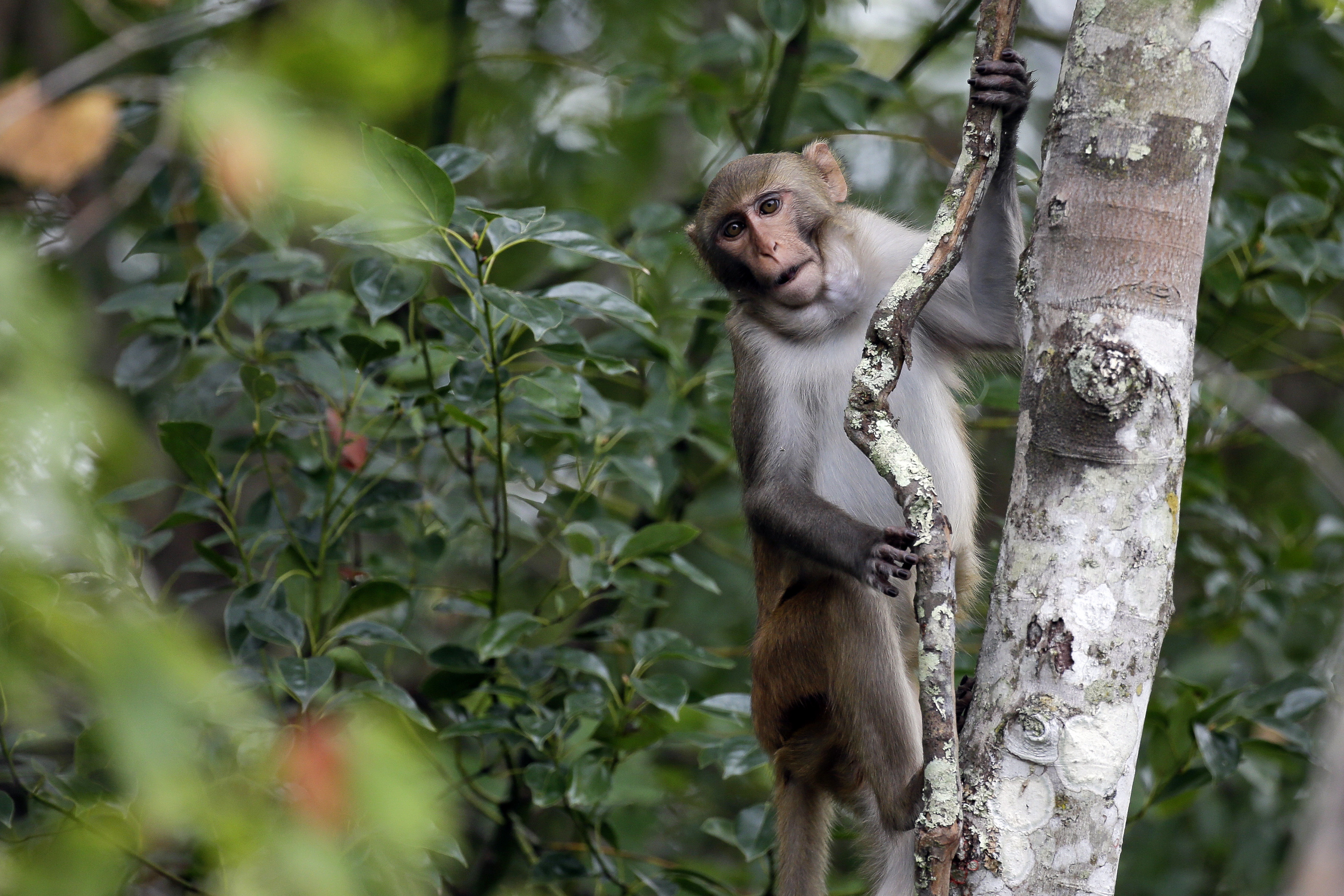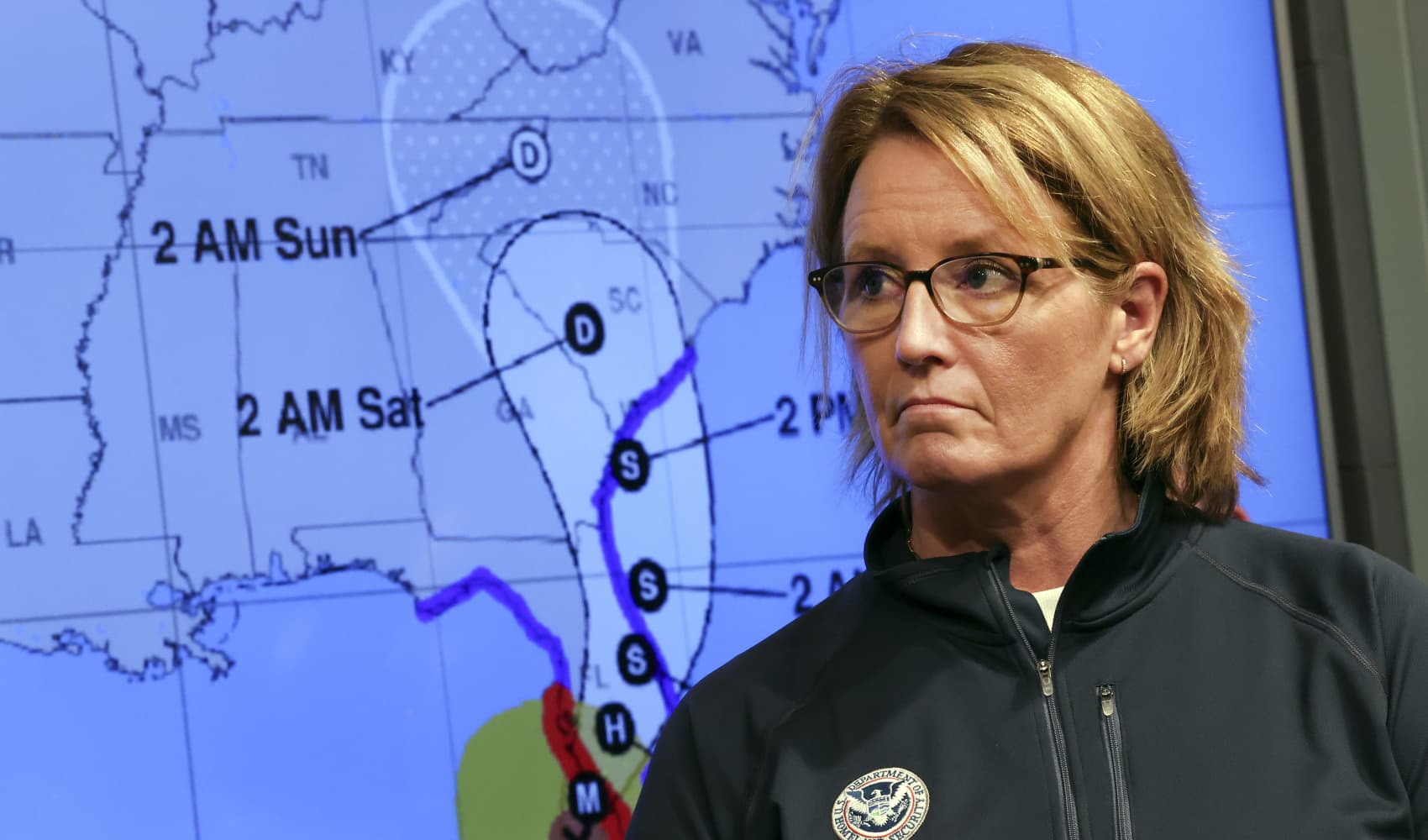If you're on the lookout for Saturday's annular eclipse, this is an opportunity you may not want to miss. Southwest Airlines is offering a chance to see next year's total solar eclipse from the sky.
The airline identified select flights that are most likely to be in direct or partial paths of the major celestial event on April 8, 2024, and four of those flights either depart from or arrive at Love Field. Due to flight conditions on the day of the event, flight paths may vary.
These flights are most likely to have the best view of the eclipse:
- Southwest Flight #1252: departs Dallas (Love Field) at 12:45 p.m. CDT for Pittsburgh
- Southwest Flight #1721: departs Austin at 12:50 p.m. CDT for Indianapolis
- Southwest Flight #1910: departs St. Louis at 1:20 p.m. CDT for Houston (Hobby)
These flights may cross the path of totality:
- Southwest Flight #955 departs Dallas (Love Field) at 12:50 p.m. CDT for Chicago (Midway)
- Southwest Flight #506: departs Milwaukee at 1:05 p.m. CDT for Dallas (Love Field)
- Southwest Flight #1734: departs Houston (Hobby) at 1:35 p.m. CDT for Indianapolis
- Southwest Flight #1682: departs Chicago (Midway) at 1:30 p.m. CDT for Austin
- Southwest flight #3108: departs Nashville at 1:40 p.m. CDT for Dallas (Love Field)
Get Tri-state area news delivered to your inbox. Sign up for NBC New York's News Headlines newsletter.
You can book a seat on one of these flights at southwest.com.
U.S. & World
The eclipse on April 8 will be the last chance to see a total solar eclipse in the United States until 2045, scientists say.
“Today’s annular solar eclipse was an exciting sneak peek of the total solar eclipse occurring next year, and our Meteorology and Network Planning Teams identified the best opportunities for a potential view of this breathtaking sight," said David Dillahunt, chief meteorologist at Southwest Airlines. “With our flight schedule, we’re able to offer hundreds of seats in the sky to view the eclipse, and we look forward to showcasing our hospitality on this day while celebrating with our customers.”
The last total solar eclipse visible in the U.S. was in 2017.
Astrophotographer Jon Carmichael had dreamt of seeing a total solar eclipse since he was a child, tracking the date of Aug. 21, 2017.
Aboard a Southwest Airlines flight, Carmichael was able to make his dream a reality.
"I found a flight on Southwest Airlines that was leaving from Portland, Oregon, to St. Louis, Missouri, and if you look at the eclipse maps from 2017, the flight path itself matched the moon's shadow path almost perfectly," Carmichael said.
When Carmichael arrived at the gate, three Southwest employees from Dallas' corporate location had eclipse glasses for everyone aboard and comped all drinks on the flight.

Carmichael introduced himself and landed a perfect seat on the plane. But the windows weren't clean enough to get the perfect shot.
The pilot overheard him and made sure it was taken care of and that he'd have a clear view.

However, to get the perfect shot, Carmichael had a request to turn the plane during the flight to get a 180-degree view of the eclipse. To his surprise, and after approval from the FAA, the pilot was able to make the maneuver.
Up at 39,000 feet, in only three minutes and with five different turns, Carmichael was able to snap hundreds of shots to stitch together the perfect composite image.

"I spent a whole year putting this image together," Carmichael said. "I spent 100 hours on it. It's made with 1,200 photos. I'm indebted to Southwest because their whole flight crew went out of their way to help me."
Carmichael said this experience changed his whole career and he encouraged people to take advantage of the flights in the path of totality. Even if you're on the ground, he recommends putting the camera down and just taking in the moment.
"It's 10,000 brighter at 90% than 100%," Carmichael said. "At 100%, you can actually take your eclipse glasses off and you can stare right at the moon and the sun. It's the most beautiful thing, I guarantee you, that you'll ever see in your life."
Southwest recommends safely observing the solar eclipse with specially-rated solar filter glasses. But if you don't have eclipse glasses, don't worry. NBC 5's Samantha Davies can show you how to make a DIY eclipse viewer.



